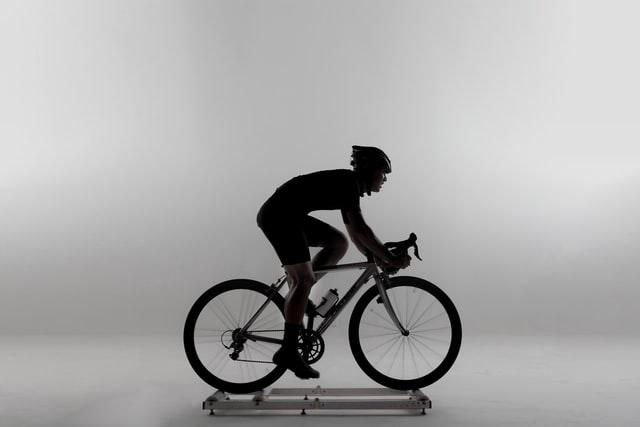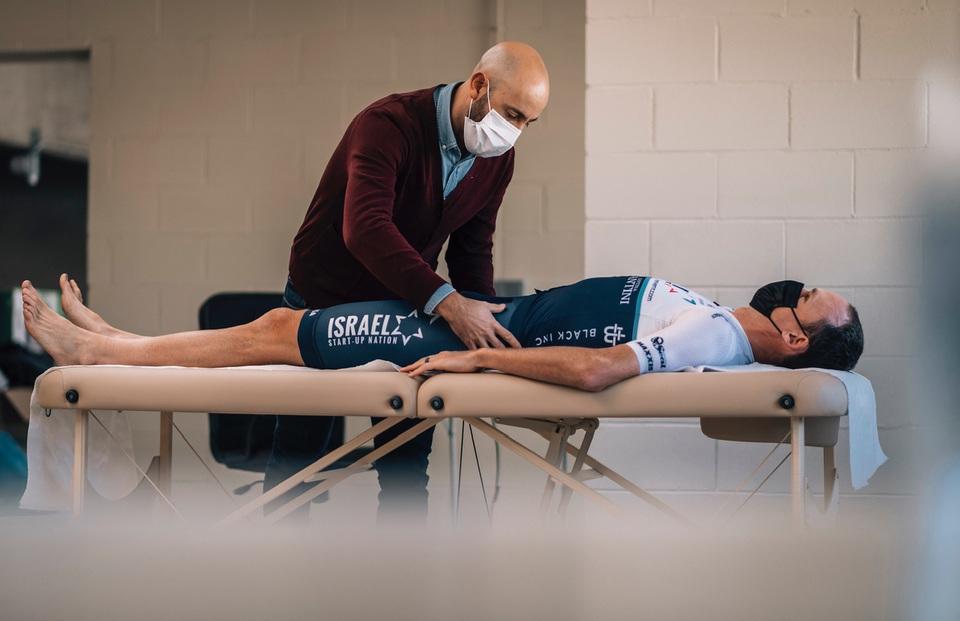Motion capture, also known as mocap, is a technology used to capture the movements of people or objects in real-time. It is widely used in various industries such as video game development, film and television, and biomechanics. In biomechanics, motion capture is used to study human movements and biomechanical processes to improve human performance, diagnose and treat injuries, and enhance rehabilitation techniques.

The technology behind motion capture involves tracking markers or sensors attached to the body, which are then translated into 3D models and animations. This allows biomechanists to analyze the movements of athletes, patients, or other subjects in a non-invasive and precise manner. The data gathered from motion capture can be used to identify areas of weakness or injury, as well as to evaluate the effectiveness of therapeutic treatments and training programs.
One of the key benefits of motion capture in biomechanics is its ability to provide highly accurate data about human movements. Traditional methods of measuring human motion, such as video analysis, can be limited by the quality of the equipment used and the subjectivity of the observer. With motion capture, data can be collected in a standardized and objective manner, allowing biomechanists to make more informed decisions about human performance and injury prevention.
Additionally, motion capture allows for the simulation of movements in a controlled environment, which can provide valuable insights into the mechanics of human motion. This can be especially useful in the rehabilitation of injured athletes or patients, where a virtual environment can be used to simulate different scenarios and movements, and assess the effects on the body.
In conclusion, motion capture is a valuable tool in the field of biomechanics, offering a precise and objective way to study human movements. Its applications are vast and can help to improve athletic performance, prevent and treat injuries, and enhance rehabilitation techniques.
